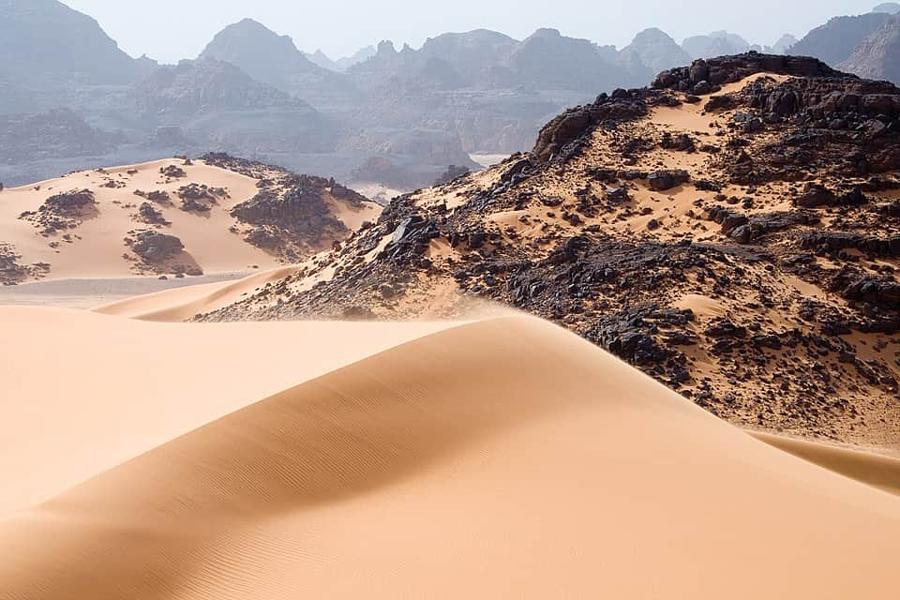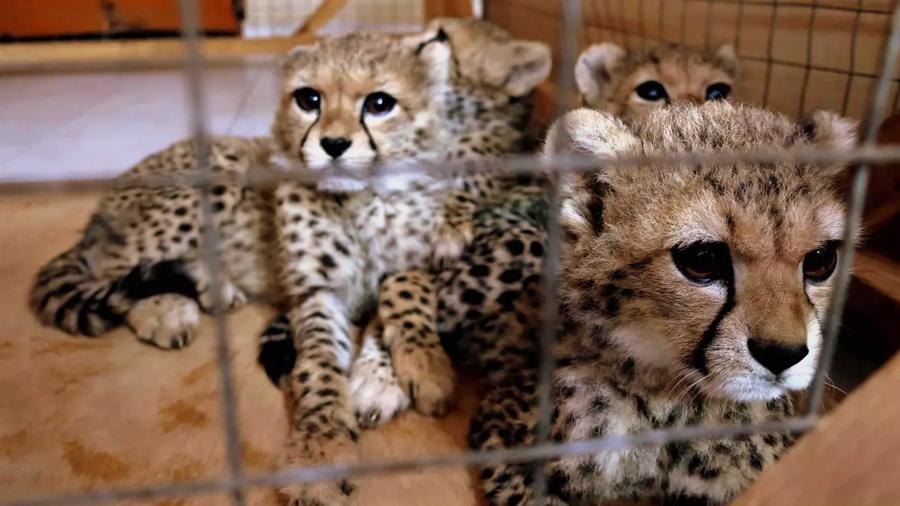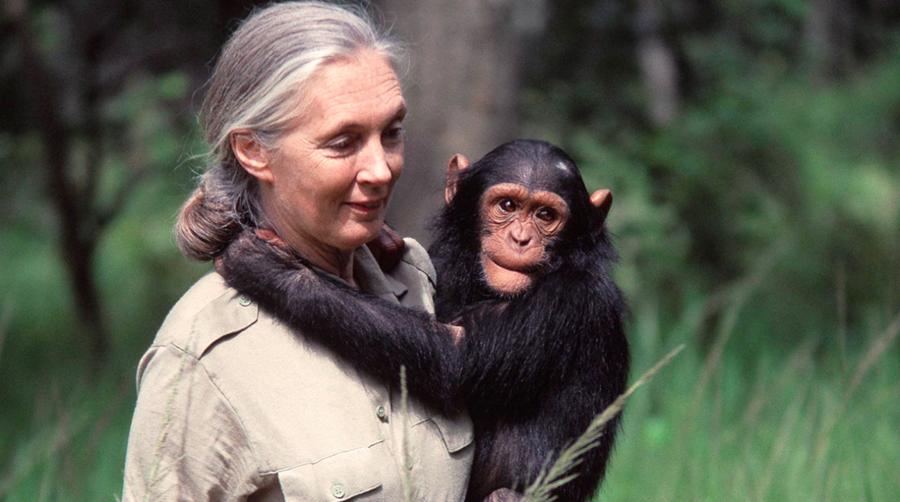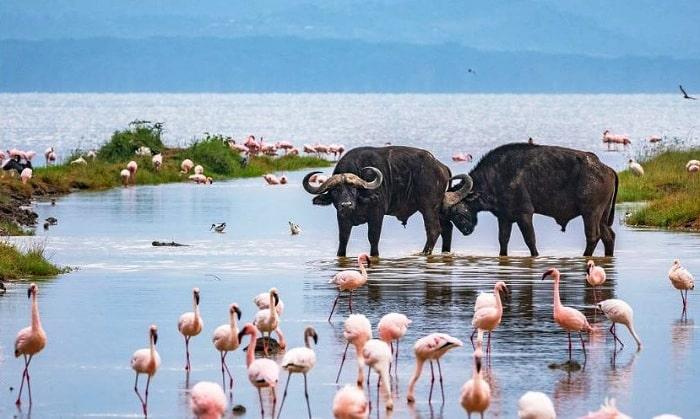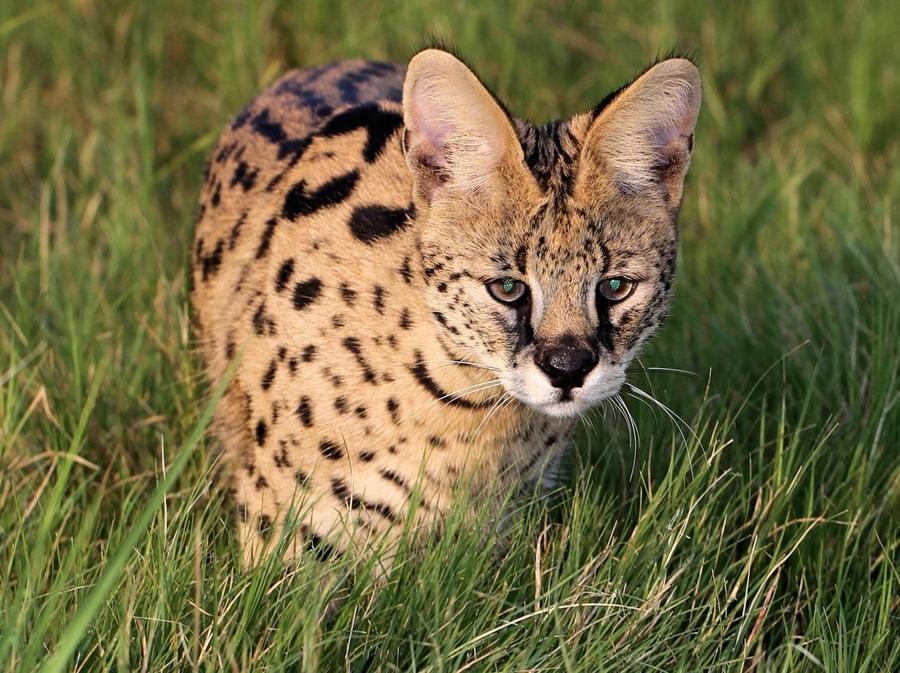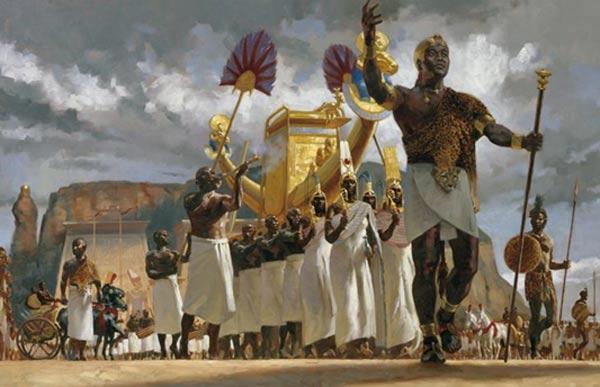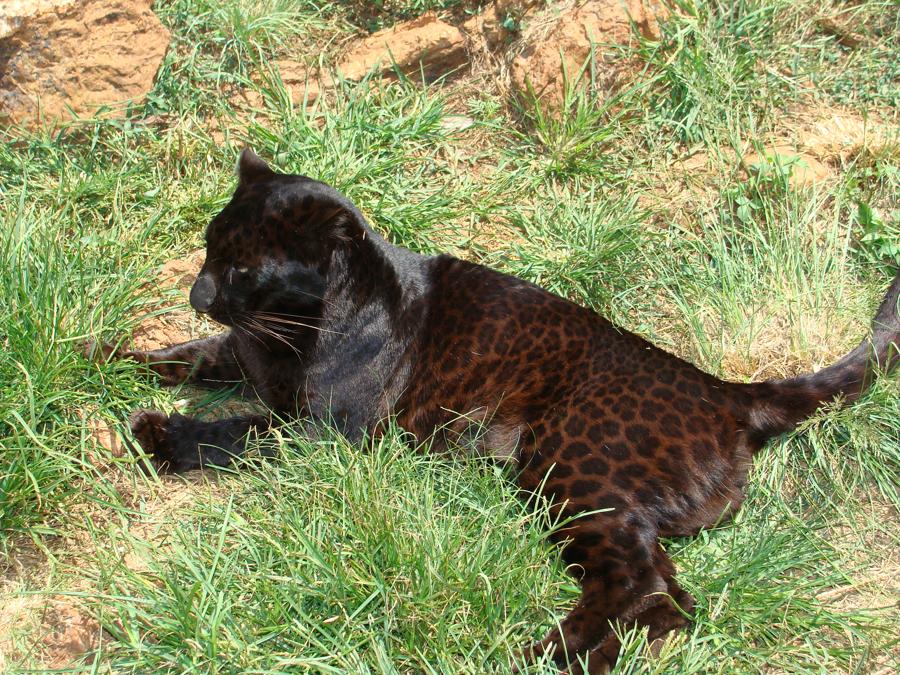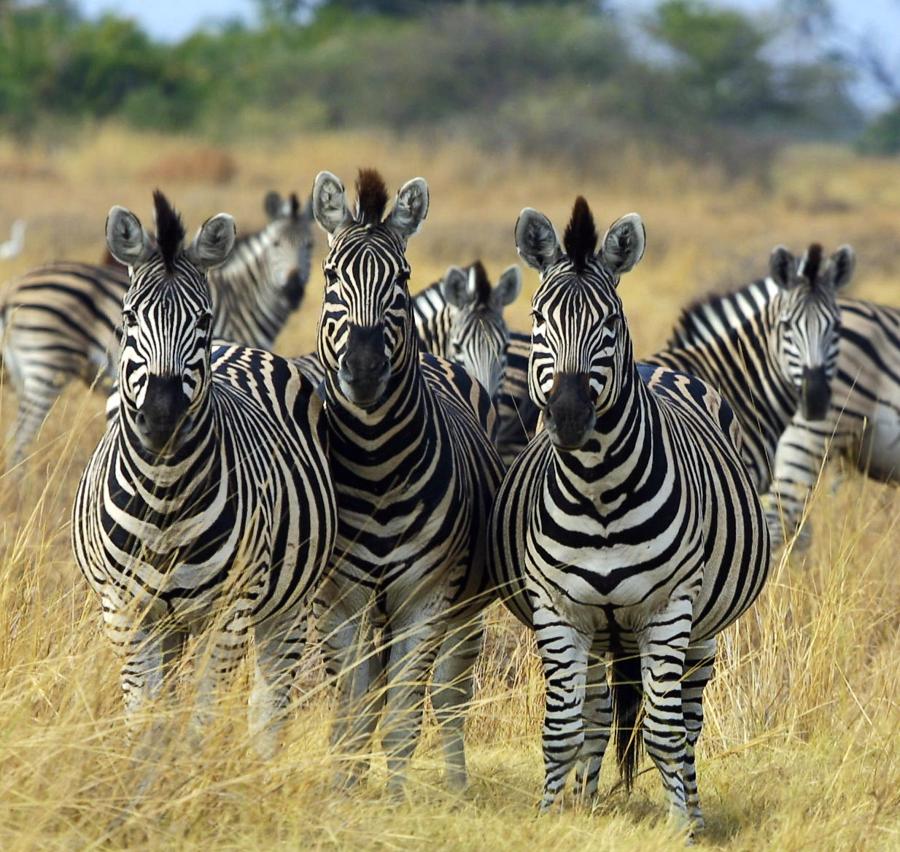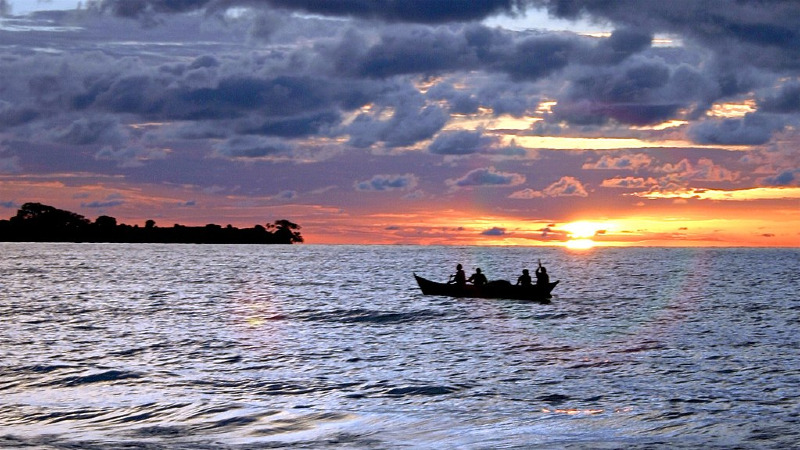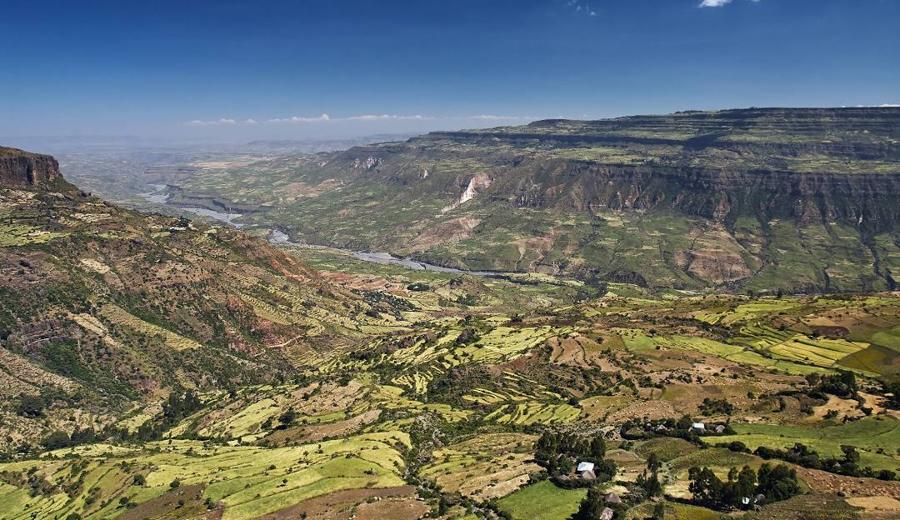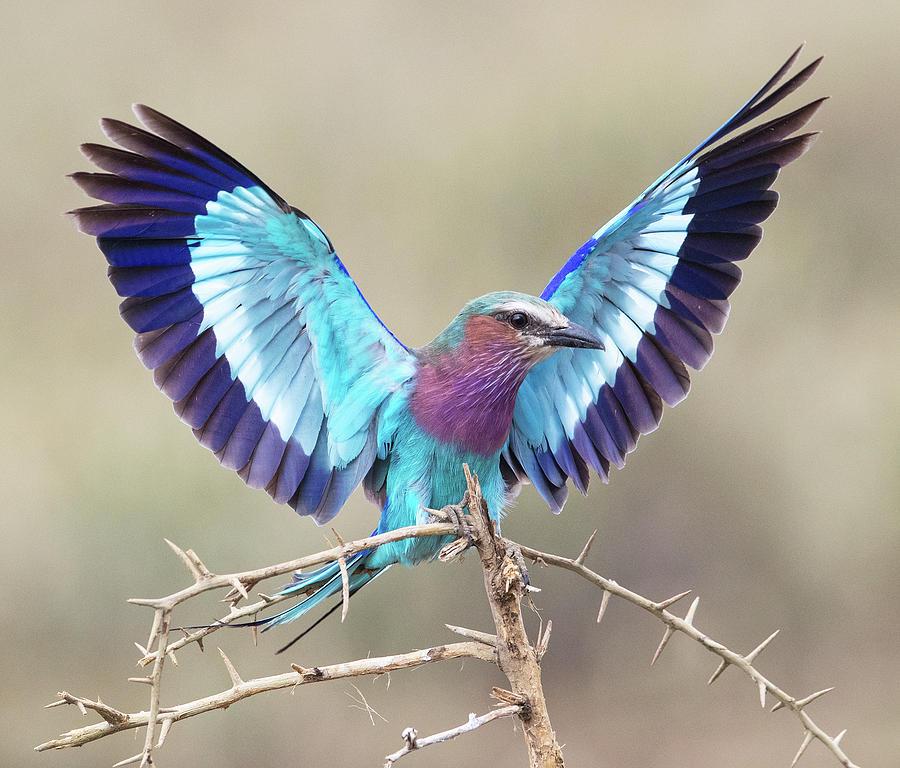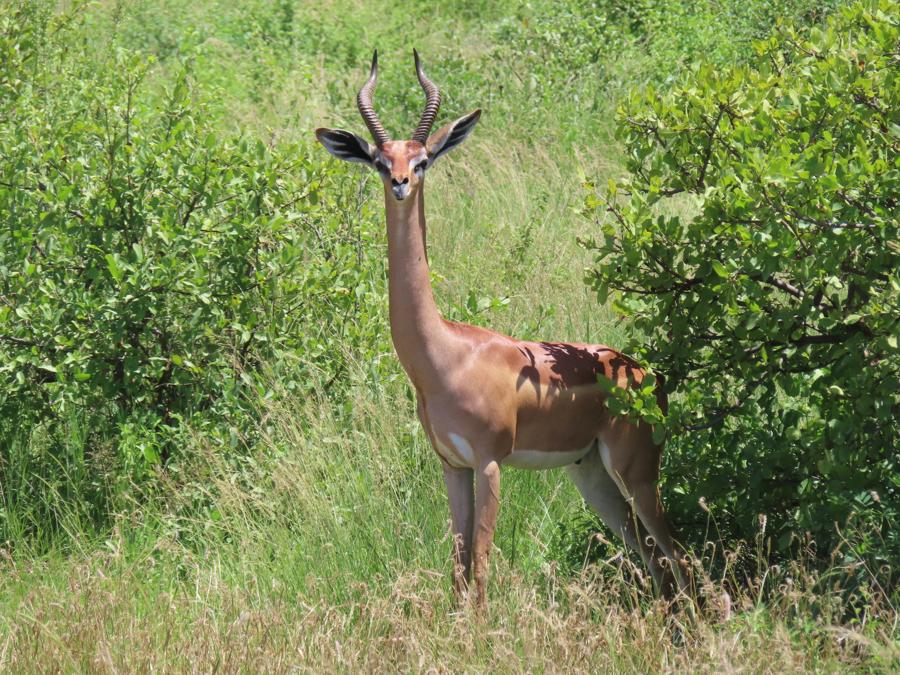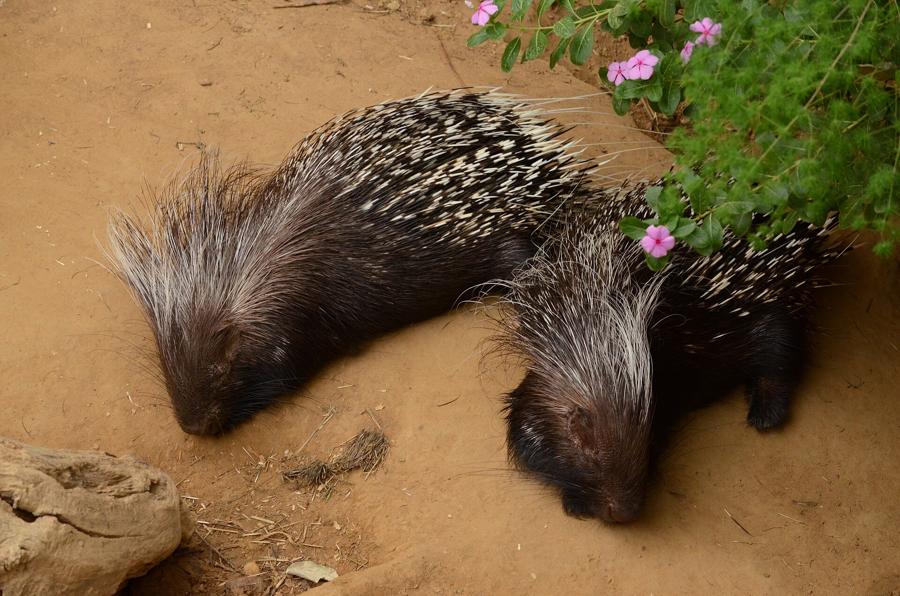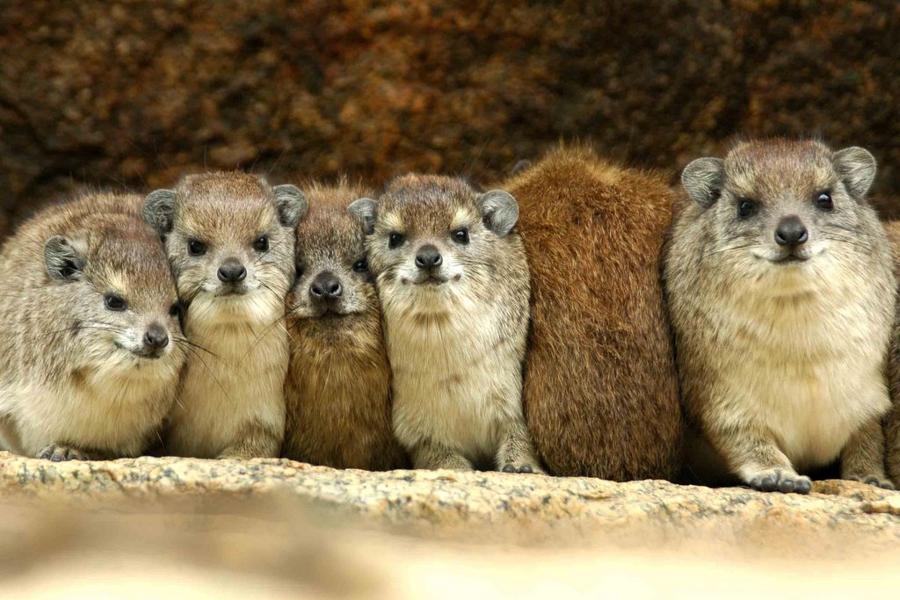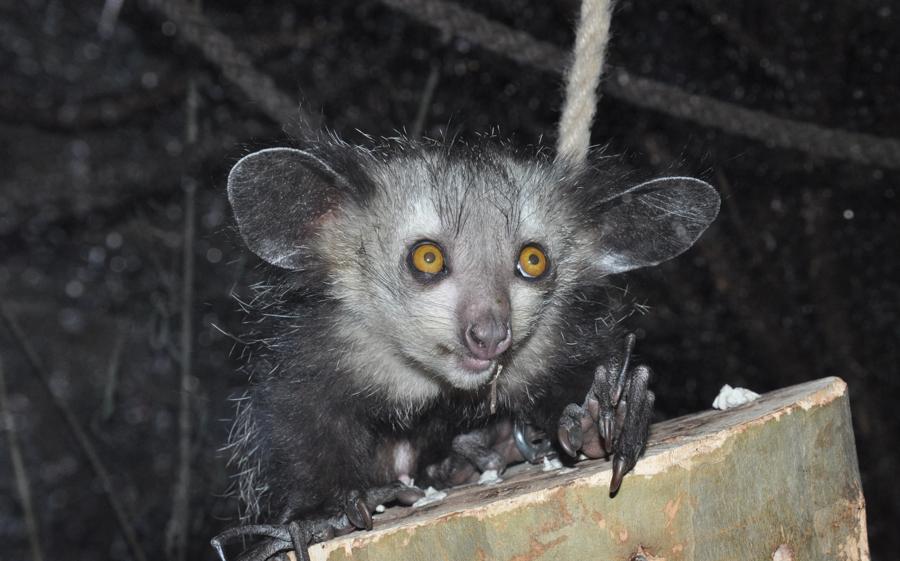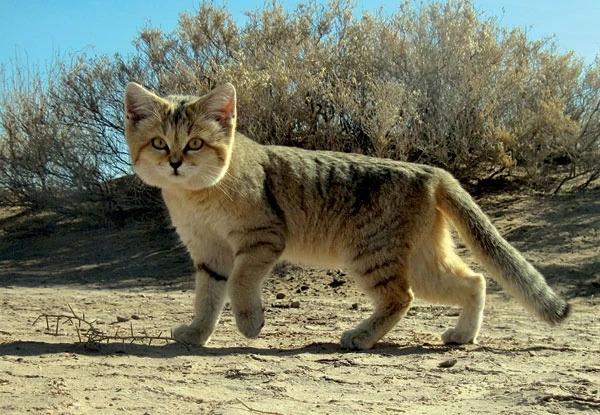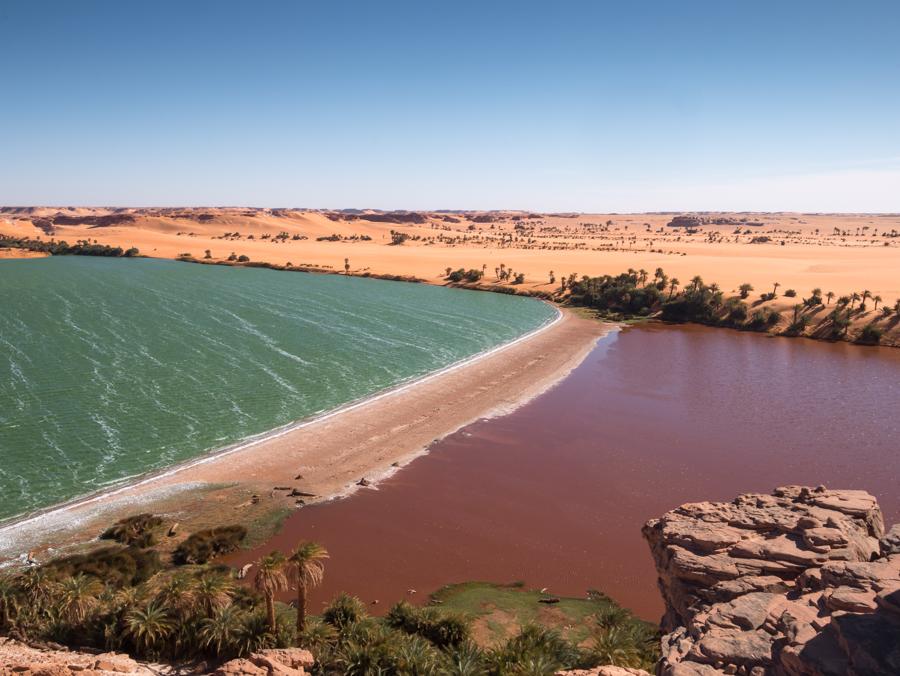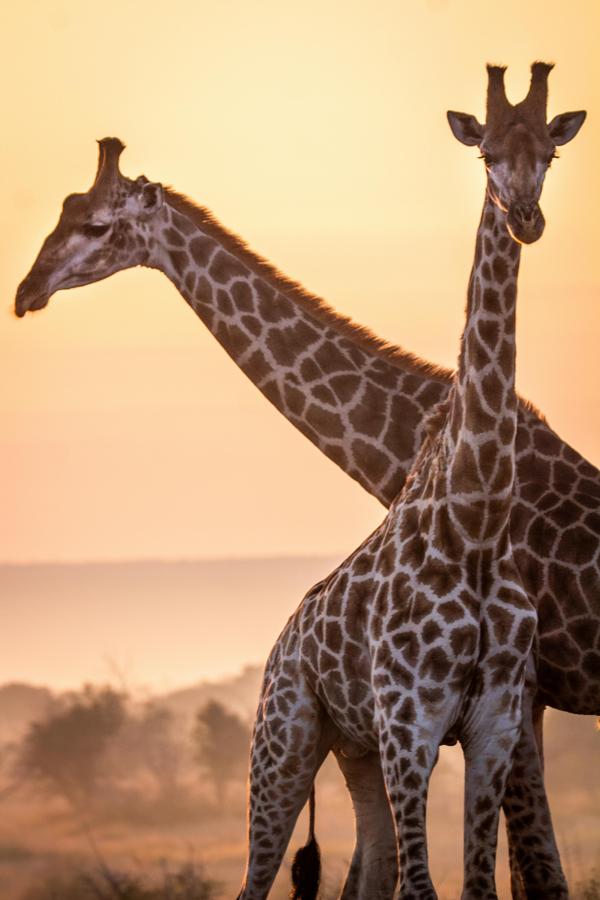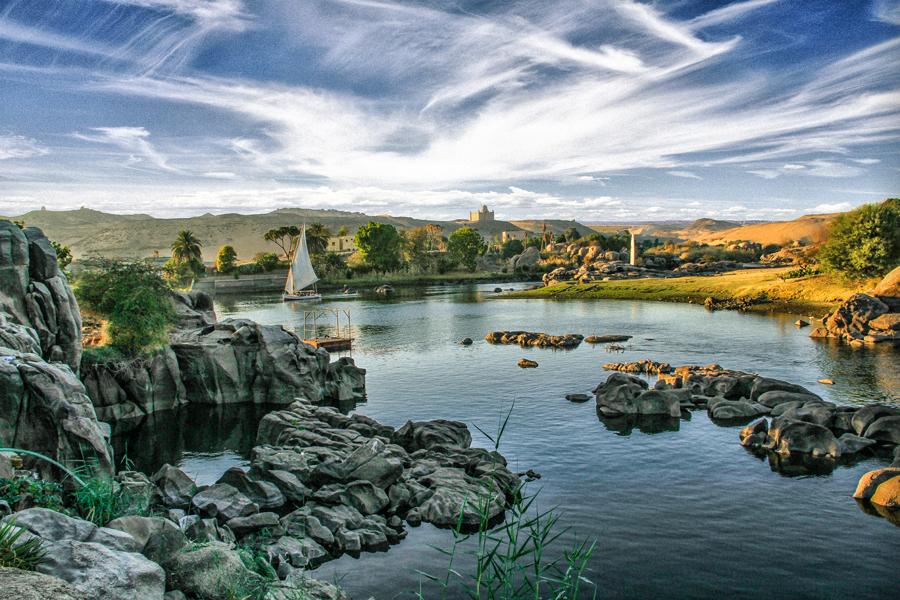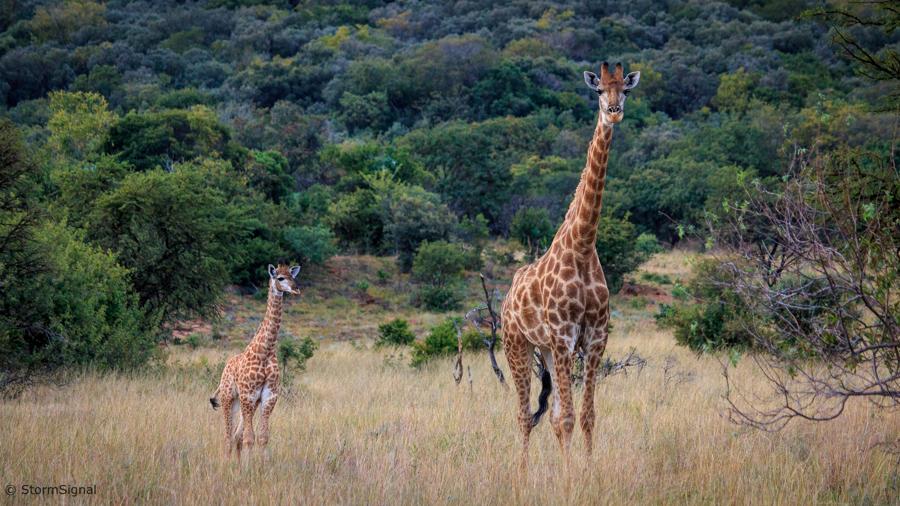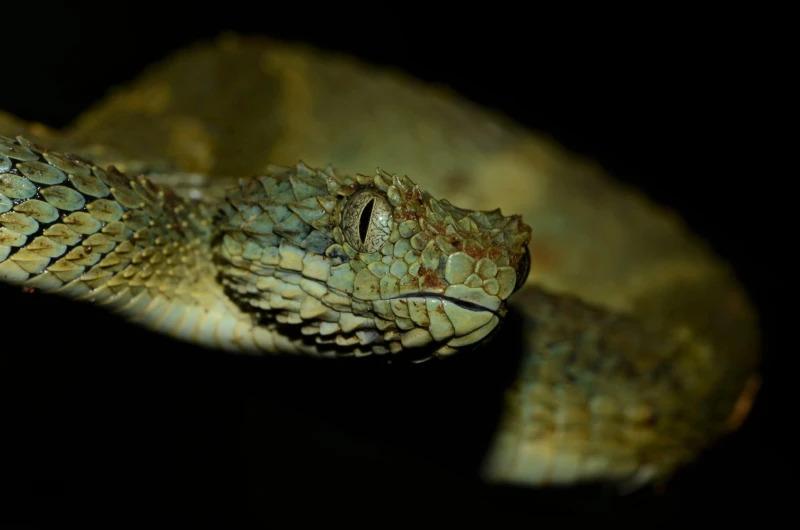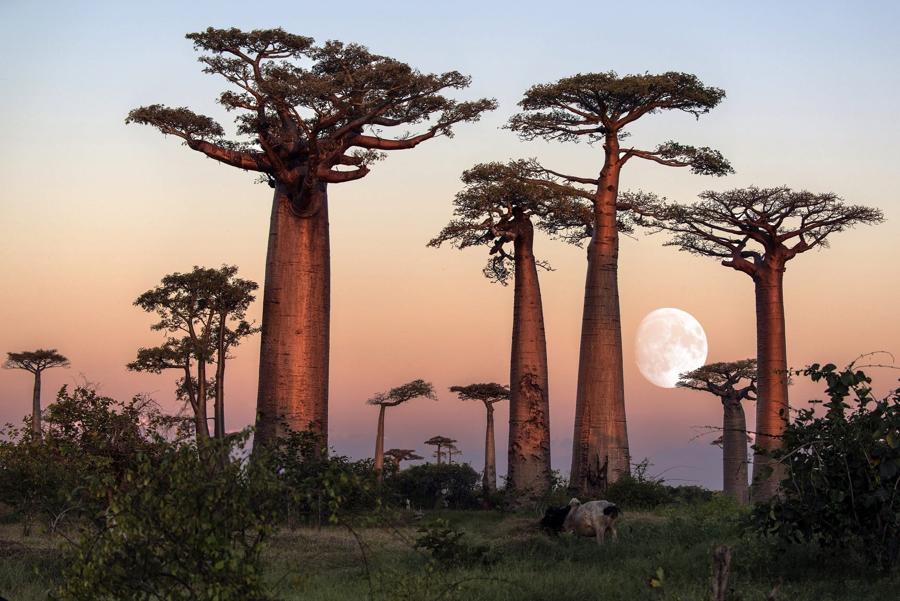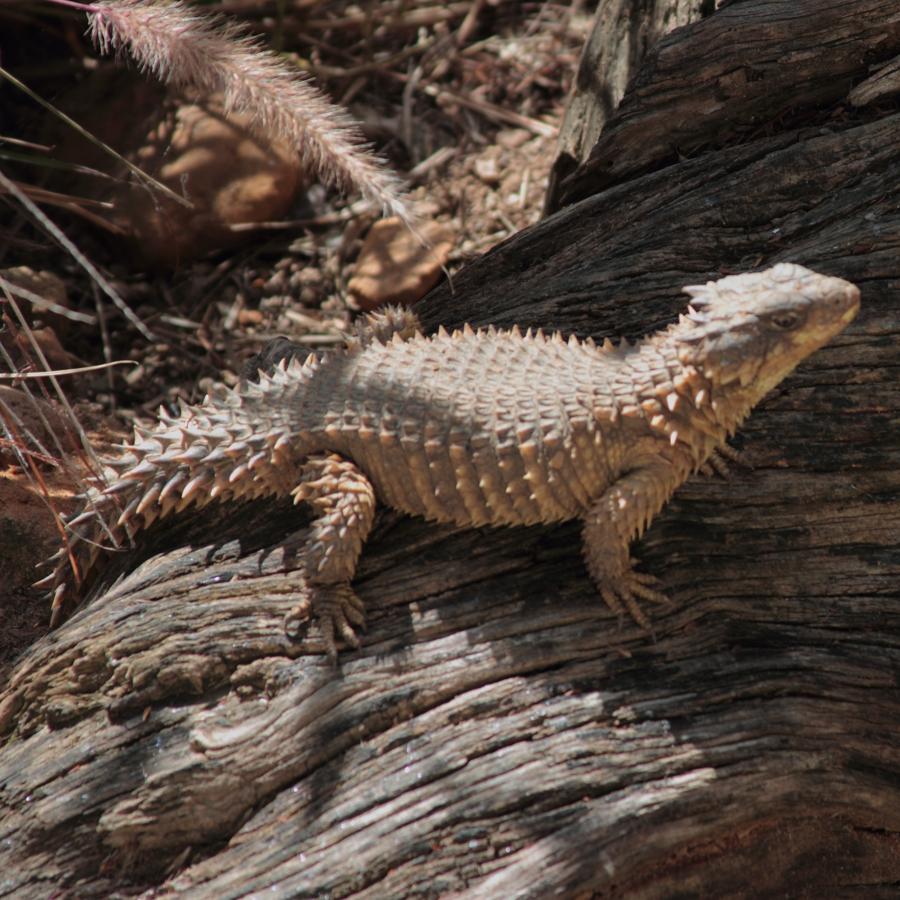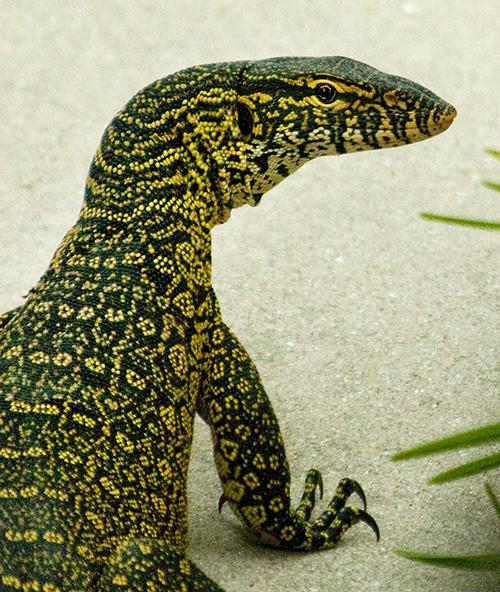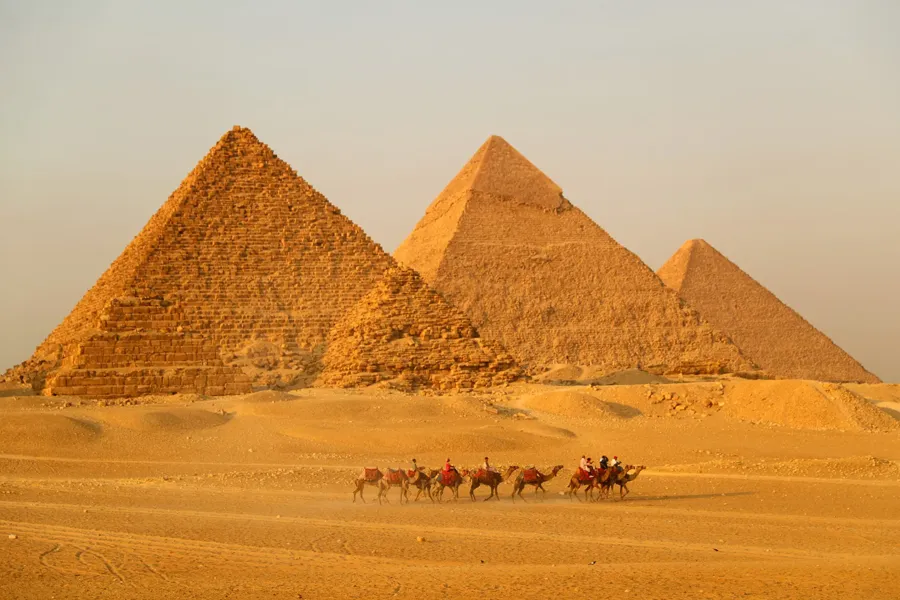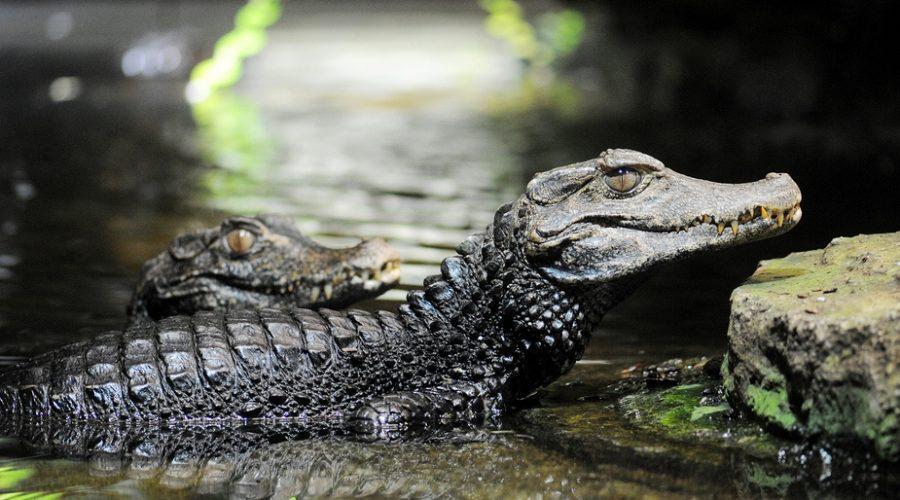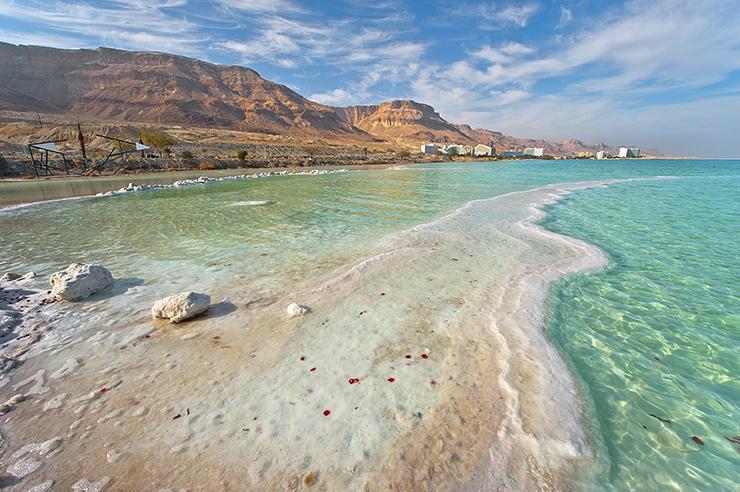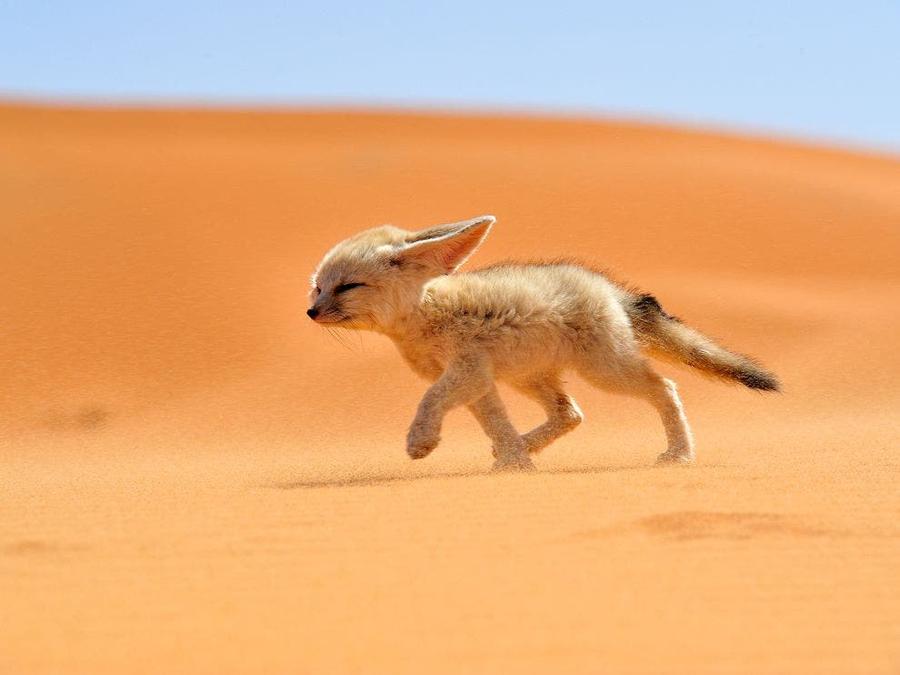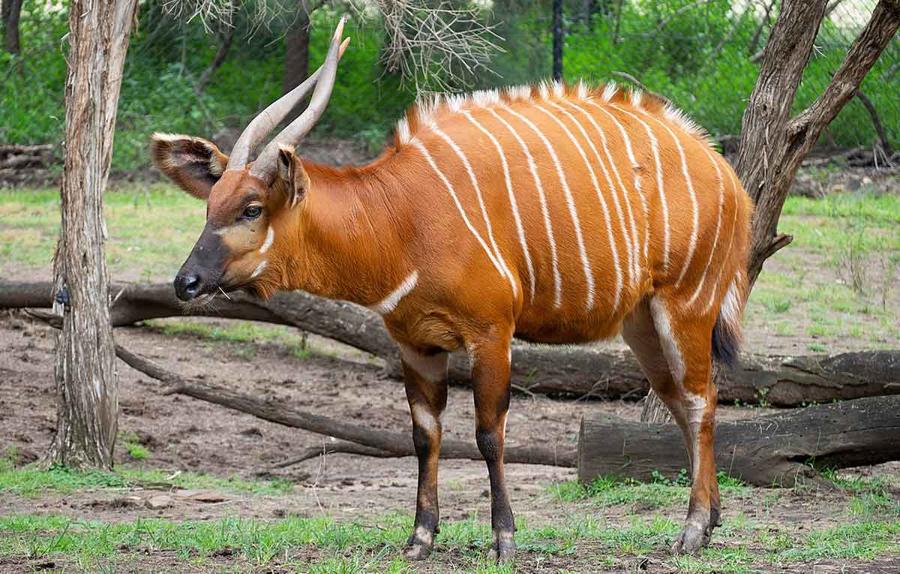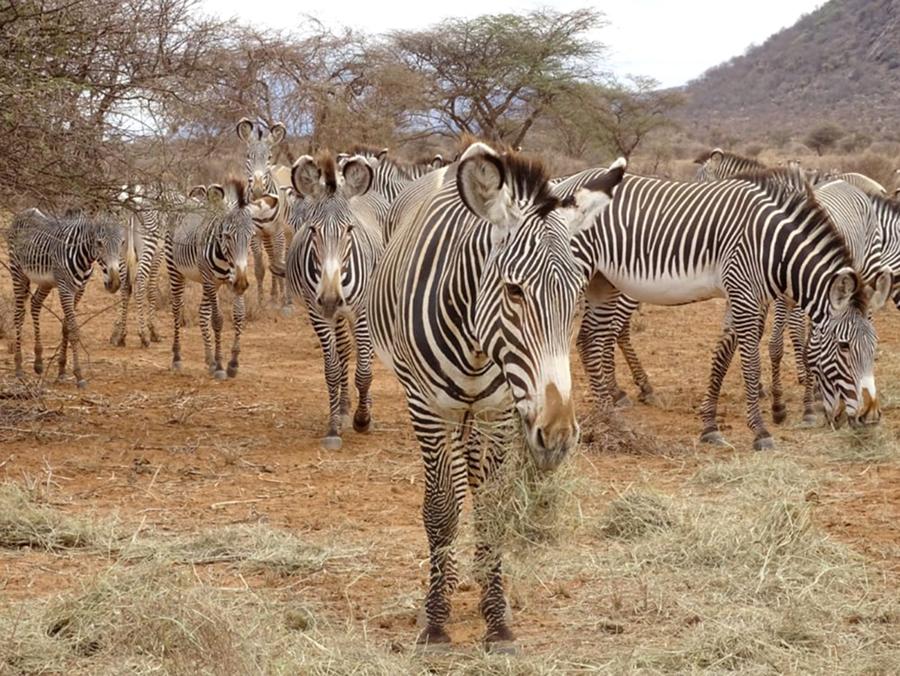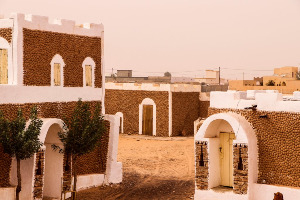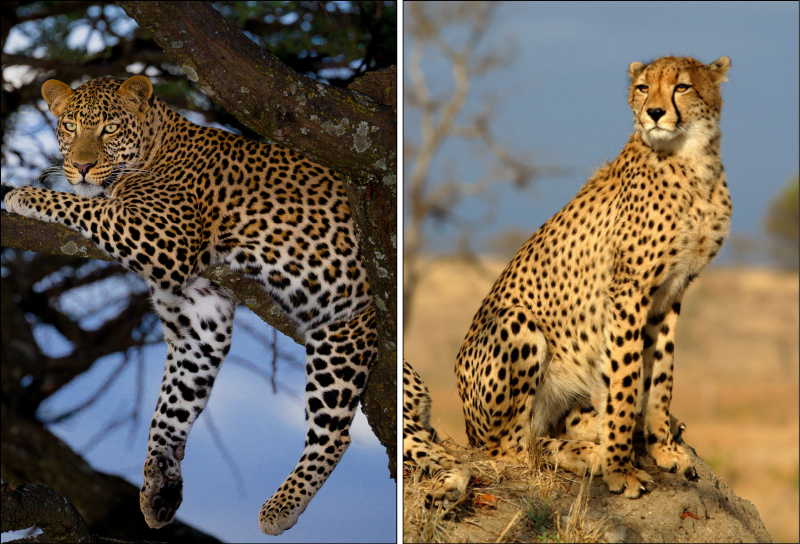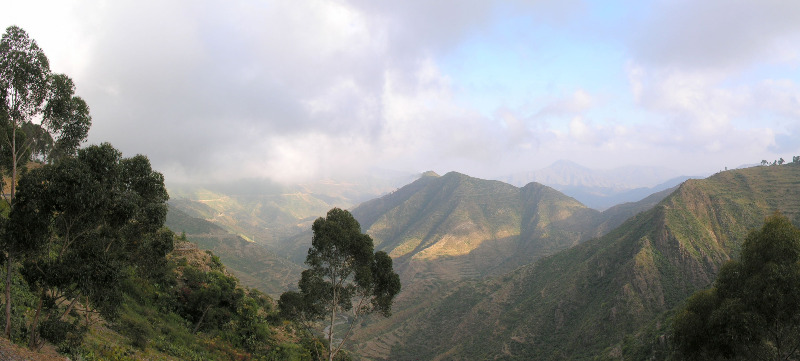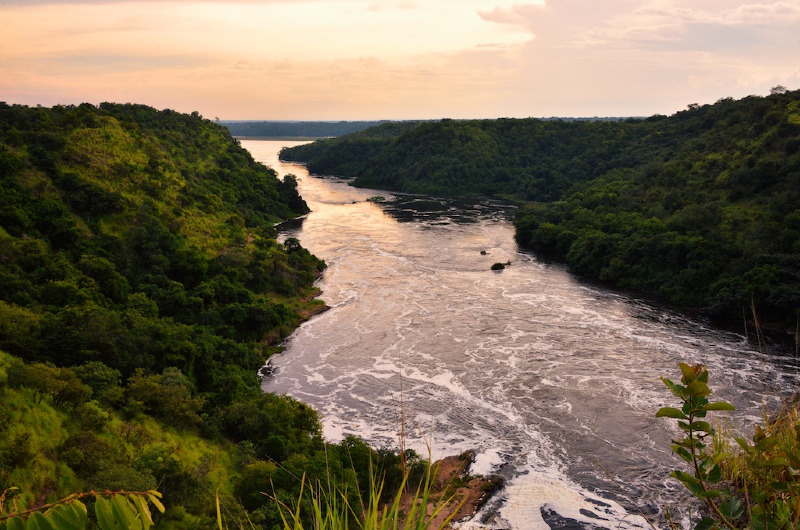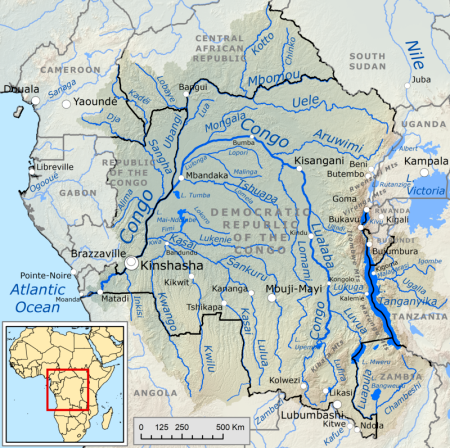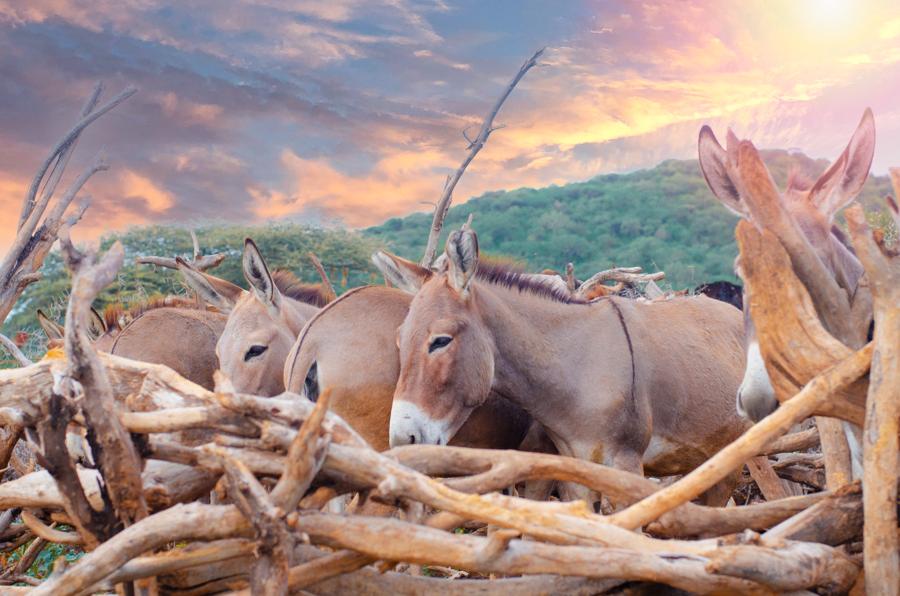
by Owen Ayite Atayi, age 16
China’s demand for a traditional medicine known as e-jiao is fueling the slaughter of millions of donkeys every year, say animal welfare groups and veterinary experts. E-jiao, which is made using collagen extracted from donkey hides, is the vital ingredient in food and beauty products believed by many Chinese consumers to enrich the blood, improve the immune system, and prevent diseases. Reuters spoke to more than a dozen experts, including veterinarians and academics, to examine how demand for e-jiao is rippling across communities in Africa, which rely heavily on the donkey, and how the trade in hide continues to boom despite efforts by some African nations to restrict it.
Traditionally, e-jiao was a luxury product. It gained favor among elites during the Qing dynasty that ruled China from 1644 until 1912. Its popularity has surged in recent years due partly to its use in the Chinese television series ‘Empress in the Palace’, which started airing in 2011. The rise in demand has also been fueled by China’s growing middle class and rising elderly population. Its price has leapt 30-fold in the past decade from 100 yuan per 500 grams to 2,986 yuan ($420), according to Chinese state media. The e-jiao industry requires an estimated 5.9 million donkey skins annually, which has put unprecedented pressure on global populations, according to a report released in February by The Donkey Sanctuary, a British charity devoted to the animal’s welfare. China’s donkey population has fallen more than 80% to just under 2 million from 11 million in 1992, prompting its e-jiao industry to source donkey skins from overseas.
The consumption boom for e-jiao has led to international commodification of donkeys, says Lauren Johnston, an expert on China-Africa relations who published a study in January last year called “China, Africa and the Market for Donkeys”. As Africa has the world’s largest donkey population, it has emerged as the key source of donkey skins. [Read More]
